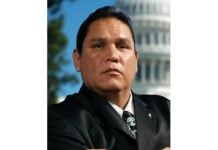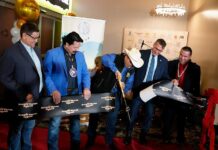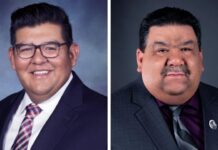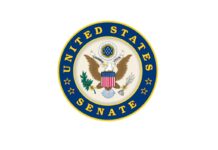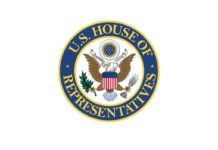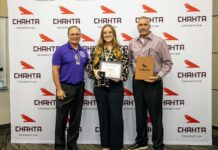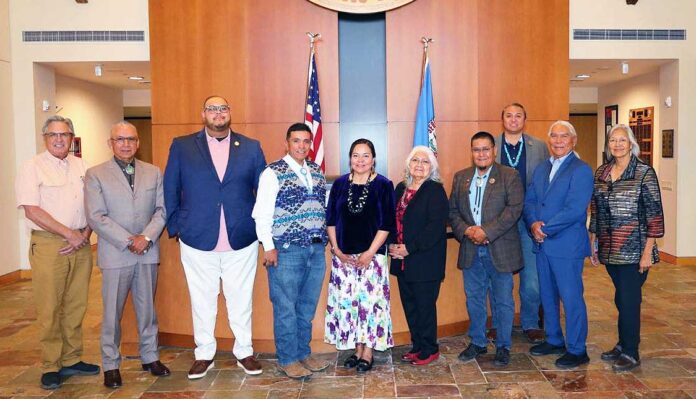IGNACIO, CO – On Tuesday, Vice Chairman Marvin Pinnecoose of the Southern Ute Indian Tribal Council, and members of the Navajo Nation Council’s Resources and Development Committee (RDC), gathered in the Southern Ute Tribal Council Chambers for a significant and productive meeting focused on shared interests and future collaboration.
The visit served as an opportunity to strengthen intertribal relationships. The discussions centered on strategic partnerships in energy development, agriculture, and other mutually beneficial projects that will support the economic and cultural well-being of both tribes.
Vice Chairman Pinnecoose welcomed the delegation, saying, “It is an honor to host our relatives from the Navajo Nation. This meeting signifies the start of a meaningful collaboration between our tribes as we work to steward our lands, strengthen our intertribal unity, and safeguard our sovereignty through shared knowledge, innovation, and dialogue.”
The 25th Navajo Nation Council Delegates included RDC Chair Brenda Jesus, RDC Vice Chair Casey Allen Johnson, Rickie Nez, and Otto Tso. “As sovereign nations, it is vital that we continue to build meaningful partnerships that uplift our communities and amplify our collective voice,” said Jesus. “We are grateful to the Southern Ute Indian Tribal Council for sharing the successes of their growth operations, which serve as a powerful model for how strategic development can enhance the well-being of our people.”
The Navajo delegation then visited with the Growth Fund to learn more about the foundation of the business entity of the Southern Ute Indian Tribe. “We extend our heartfelt gratitude to the Navajo Nation for visiting us,” said Shane Seibel, Executive Director for the Southern Ute Growth Fund. “Your presence and the meaningful conversations we shared with the Resources and Development Committee (RDC) have laid a solid foundation for future partnerships. We look forward to continuing our collaboration and building a prosperous future together.”
Members of the Navajo Nation Council shared that the visit offered valuable insight into how tribal enterprises can succeed with clarity, transparency, and operational efficiency.
The leaders agreed to continue working closely on common priorities and agreed to future visits, information exchanges, and joint initiatives that reflect the values and goals of both tribes. This visit underscores a growing spirit of unity across Indian Country, setting the stage for collaborative efforts that reflect the strength of Indigenous leadership and the promise of intertribal partnerships.














